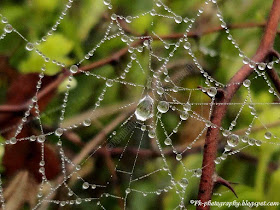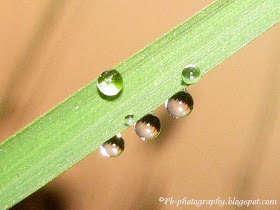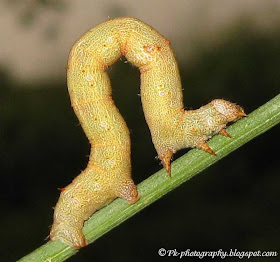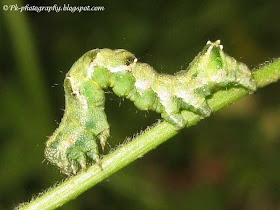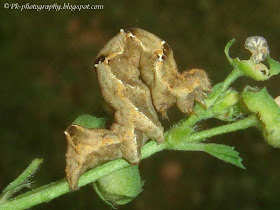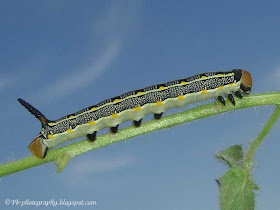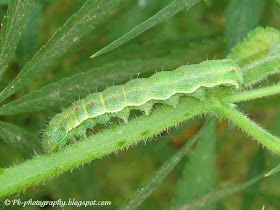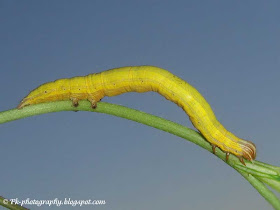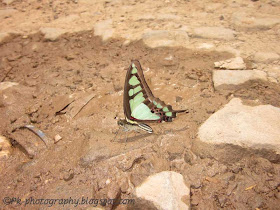The State of Azad Jammu and Kashmir lies between longitude 730 – 750 and latitude 330 – 360 and comprises an area of 5134 square miles (13,297 square kilometres). The topography of the area is mainly hilly and mountainous with valleys and stretches of plains. The area is full of natural beauty with thick forest, fast flowing rivers and winding streams. Main rivers are Jehlum, Neelum and Poonch. The climate is sub-tropical highland type with an average yearly rainfall of 1300 mm. The elevation ranges from 360 meters in the South to 6325 meters in the North. According to the 1998 population census, the State of Azad Jammu & Kashmir had a population of 2.973, which estimated to have grown to 3.4 million in 2004. Almost 100% population is Muslim. The rural to urban ratio is 88:12. The population density is 258 persons per Sq Km. The literacy rate have increased from 55% to 60% after 1998 census. Infant mortality rate is approximately 56 per 1000 live births, where as the immunization rate for the children less than 5 years of age is more than 88%.
Azad Kashmir Pakistan
 |
| Azad Kashmir |
 |
| Azad Kashmir |
 |
| Azad Kashmir |
The majority of the rural population depends on forestry, livestock and agriculture for its subsistence. Average per capita income is estimated to range from 600 -5,000 US$. Un-employment rate is from 35 to 50%. In line with the national trends, indicators of social sector improvement, particularly health and population welfare have not shown much proficiency. Efforts have been made during the recent past to make up this deficiency, which will bring the fruits of development to the common man. The area under cultivation is around 166,432 hectares (almost 13% of the total area), out of which 92% of the cultivable area is rain-fed.
 |
| Azad Kashmir |
 |
| Azad Kashmir |
 |
| Azad Kashmir |
About 845 households have very small land-holdings between one to two acres per family. According to the agricultural census of 1990, the average farm size is only 1.2 hectares. The major crops are Maize, Wheat & Rice whereas minor crops include vegetables, grams, pulses (Red lobia) and oil-seeds. Major fruits are Apple, Pears, Apricot and Walnuts. Income through household earnings ranges between 30-40% while remaining share comes from other sources including employment and business etc. Reduced agriculture productivity has adversely affected the traditional lifestyle and average per capita income of the rural household. About 42% of the total Geographical area (0.6 million hectares approximately) is controlled by the Forest Department. The per capita standing volume and area are 400 cft and 0.2 hectares respectively. Annual wood demand is 1.65 million cubic meters and sustainable production is 0.7 million cubic meters.
 |
| View Of A Mosque at Azad Kashmir |
The Bridge Separating Kashmir from Rawalpindi
Source of information: ajk.gov.pk





